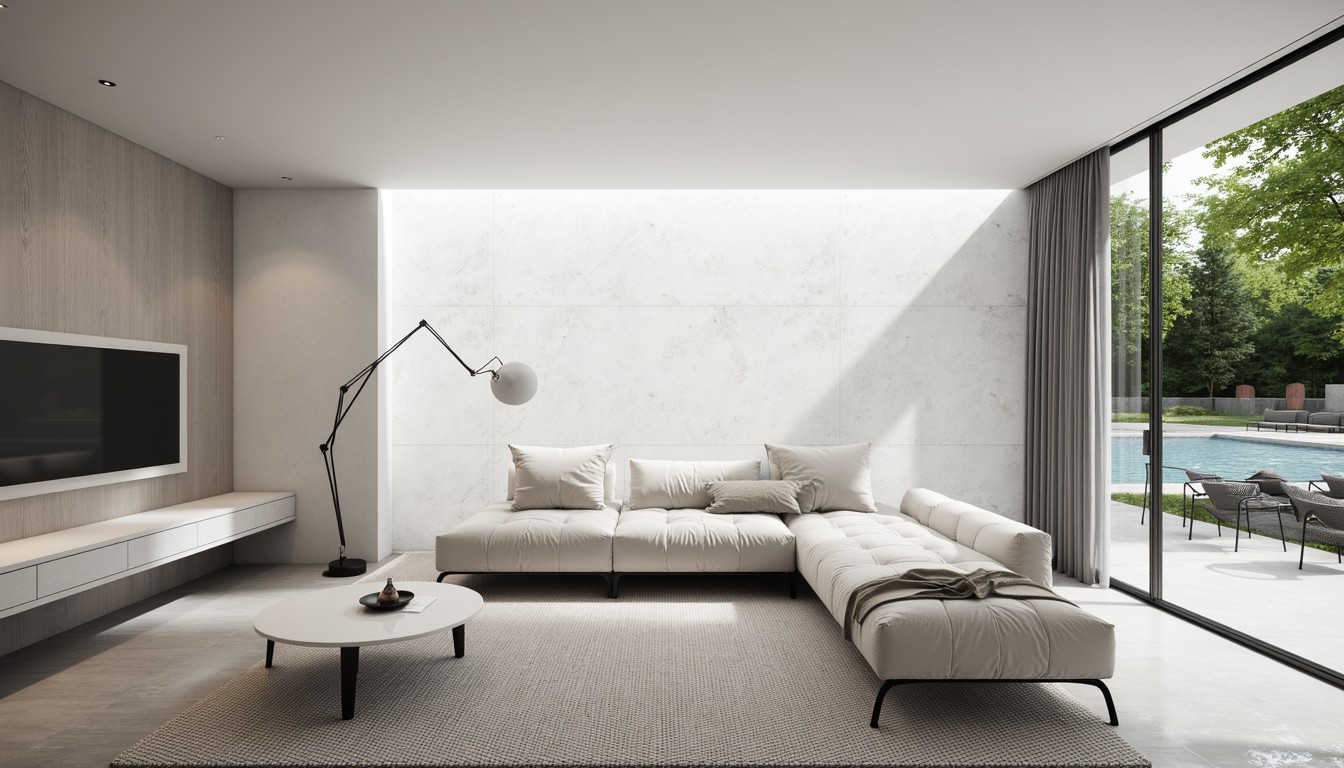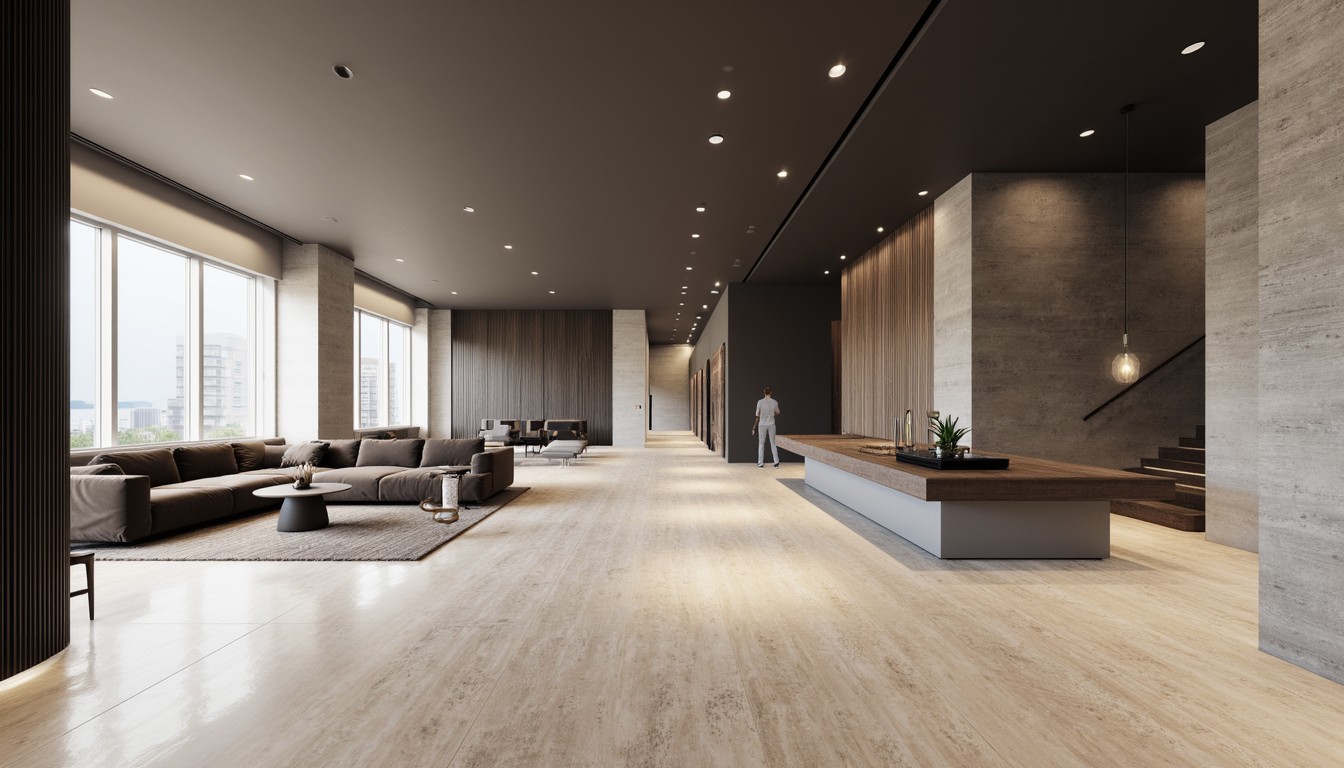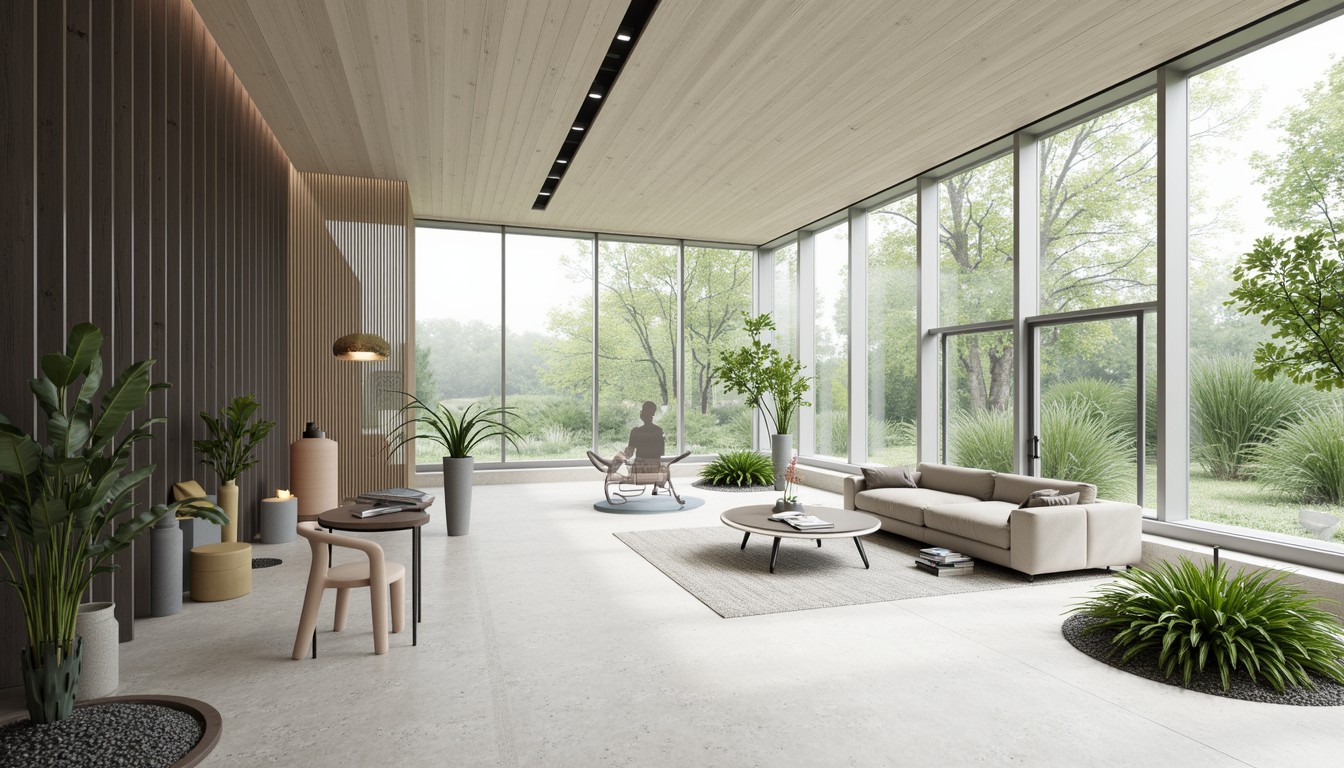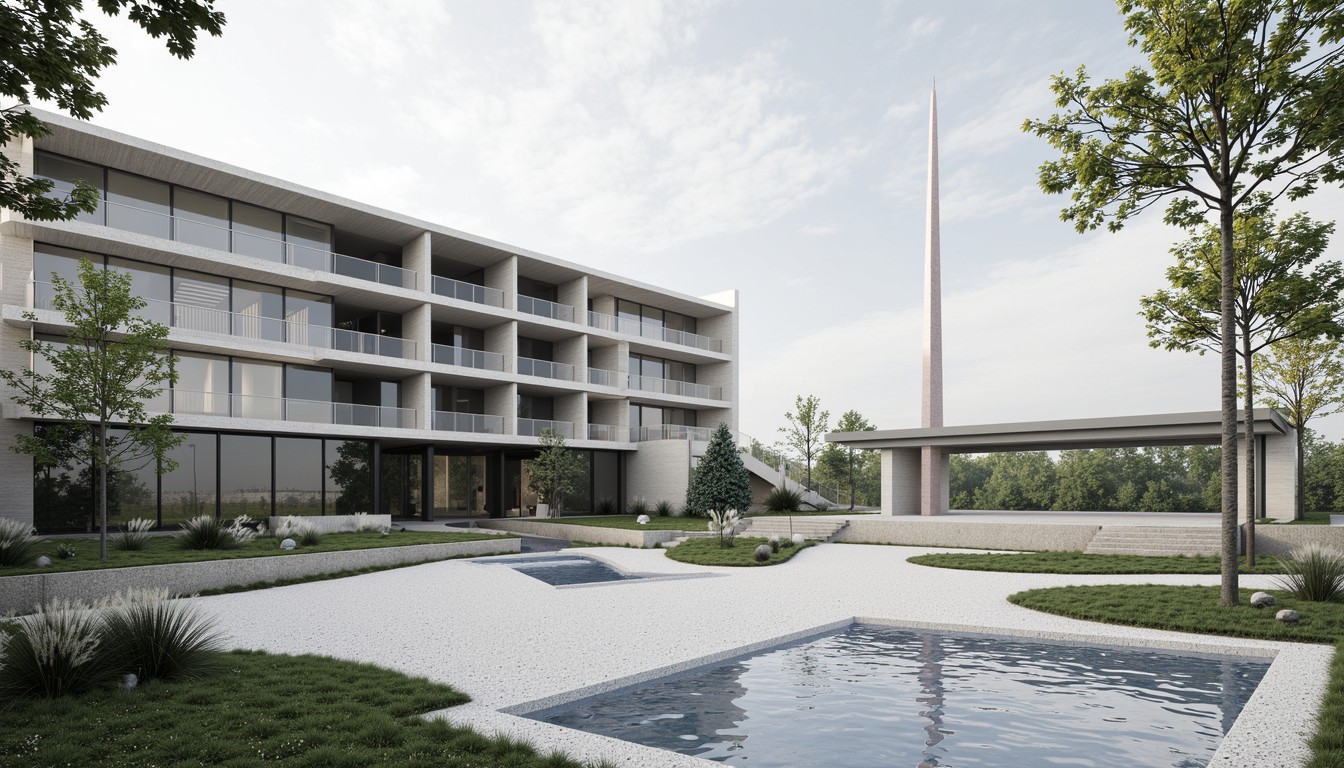VR in Architecture: Designing Tomorrow's Spaces
The architectural landscape is undergoing a dramatic transformation, driven by technological advancements that are reshaping how we design, visualize, and experience built environments. At the forefront of this revolution is Virtual Reality (VR), a powerful tool that's rapidly changing the way architects and designers approach their craft. ArchNav understands this shift and leverages VR's potential to deliver unparalleled architectural visualization services.
Immersive Design Experiences: Beyond Static Renderings

Traditional architectural presentations, relying heavily on static renderings and 2D blueprints, often fail to convey the true essence of a design. They struggle to capture the spatial relationships, the play of light and shadow, and the overall feeling of inhabiting a space. VR offers a radical departure from this limitation. By creating fully immersive 3D environments, architects can now offer clients and stakeholders an unparalleled experience of walking through their designs before a single brick is laid. This immersive experience fosters a deeper understanding and appreciation of the project, leading to more informed decisions and reduced risks.
Enhanced Client Collaboration and Feedback
VR facilitates seamless collaboration between architects, designers, clients, and contractors. Shared VR experiences allow for real-time feedback and iterative design refinement. Instead of relying on verbal descriptions or static images, clients can directly experience the design, providing more accurate and nuanced feedback. This collaborative approach streamlines the design process, reduces costly revisions, and strengthens the client-architect relationship.
Real-World Applications of VR in Architecture

The applications of VR in architecture extend far beyond simple visualization. It's a versatile tool with far-reaching implications for various stages of the design and construction process:
1. Early-Stage Design Exploration
VR enables architects to experiment with different design iterations quickly and efficiently. They can easily test various layouts, materials, and lighting schemes in a virtual environment, identifying potential design flaws and optimizing the design before committing to expensive physical models or construction.
2. Client Presentations and Engagement
Imagine presenting your architectural vision to a client not with static images, but by guiding them through a lifelike virtual walkthrough of their future home or office. VR presentations are significantly more impactful, creating a stronger emotional connection and generating higher client satisfaction.
3. Construction Planning and Simulation
VR can be used to simulate the construction process, allowing contractors to identify potential logistical challenges and safety hazards before they arise. This preemptive problem-solving can significantly reduce construction time and costs.
4. Interior Design and Spatial Planning
VR is invaluable for interior designers, allowing them to experiment with furniture placement, lighting, and décor in a virtual space. Clients can experience how different design choices impact the overall feel of the space, leading to more informed and personalized design decisions.
5. Urban Planning and Development
VR can be used to visualize large-scale urban development projects, allowing planners and stakeholders to understand the impact of proposed developments on the surrounding environment and community. This is particularly valuable for public engagement and obtaining buy-in for complex urban planning projects.
The ArchNav Advantage in VR Architectural Visualization

ArchNav is at the forefront of integrating VR into architectural visualization. Our team of experienced architects and visualization specialists are adept at leveraging the power of VR to deliver exceptional results. We utilize the latest VR technologies and software to create immersive and interactive experiences that exceed client expectations. Our commitment to innovation ensures that our clients benefit from the most advanced and effective VR solutions available.
We go beyond simply creating visually stunning VR experiences. We focus on crafting interactive and informative environments that facilitate effective communication and collaboration throughout the design process. Our process includes a detailed understanding of your project goals, the development of a customized VR strategy, and the delivery of high-quality, engaging virtual experiences.
Conclusion: Embracing the Future of Architectural Design
VR is no longer a futuristic concept; it's a powerful tool that's transforming the architectural industry today. By embracing VR technology, architects and designers can elevate their design processes, enhance client collaboration, and deliver truly exceptional results. At ArchNav, we’re committed to helping you harness the full potential of VR to shape the future of architectural design. Contact us today to explore how our VR visualization services can elevate your next project.
